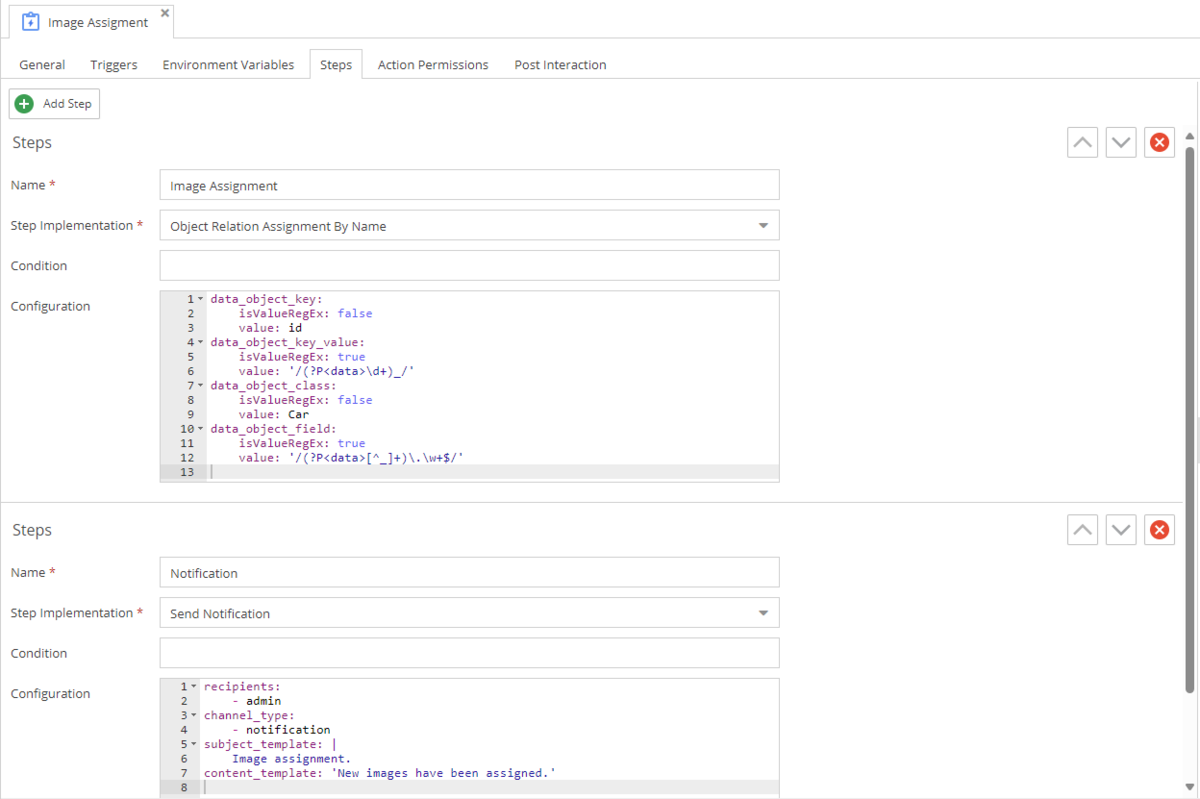
Explore how automating image assignment with the Pimcore Copilot transforms your product information management to make labor-intensive tasks redundant.
Welcome back to our Pimcore Copilot blog series! In this third installment, we focus on a transformative action of the Pimcore Copilot—automatic image assignment. This action stands out as a game-changer for product information management, offering a sophisticated approach to one of the most labor-intensive tasks in the field. Automatic image assignment streamlines how images are connected to data objects in the Pimcore backend, ensuring accuracy and efficiency. This blog will guide you through how to configure and execute this action, highlighting its impact on business operations and how it can significantly reduce manual workload while enhancing the reliability of your image management processes.
Tackling the Tedious: The Steep Costs of Manual Image Assignment
The challenge of manually assigning images to data objects is notably cumbersome, particularly for businesses managing a large and varied assortment of images or those subject to rapid changes in imaging requirements. The labor involved in manual assignments scales dramatically with the increase in the number of images and the frequency of updates, becoming a significant drain on time and resources.
Moreover, manual image assignment isn't just labor-intensive; it's also prone to errors. Every manual intervention carries the risk of mistakes, leading to potential inconsistencies and inaccuracies that can compromise the quality and reliability of your image management process. These errors can incur substantial costs in terms of time spent rectifying them and the potential adverse effects on your business's operational efficiency and reputation.
By shifting to an automated process, you ensure that images are assigned consistently and accurately, minimizing the risk of errors and freeing up your team to concentrate on more strategic, high-impact tasks. Over time, automation fosters a more streamlined operation, optimizes resource allocation, and elevates your business to tremendous success and competitiveness.
How Automation Enhances Image Management with the Pimcore Copilot
The following video (2 min.) shows how to assign images to data objects by their ID, class, and image type.
The Pimcore Copilot effortlessly assigns images to single or multiple data objects using one of these streamlined action steps:
Object Relation Assignment by Name
This action step enables the efficient assignment of images by their names. During its setup, you gain the flexibility to specify which details should be extracted from the filename, such as product codes, classes, or image types. You can also opt to use fixed values to map an image to a data object, which helps streamline the process, especially in standard or repetitive tasks.
Thanks to the extensive configuration options available, this approach permits the assignment of images to individual or multiple data objects. Utilizing these options allows you to customize the image assignment process to meet your unique requirements. For example, suppose your filenames adhere to a consistent pattern. In that case, this action step can be configured to automatically identify and assign images based on that pattern, thereby eliminating manual input and significantly reducing the chance of errors.
Object Relation Assignment by Metadata
This action step utilizes the image's custom metadata for mapping purposes. Similar to the assignment by name, you can specify which metadata should be used for mapping and decide whether to employ fixed values.
Learn how to configure an action to assign assets to data objects with this short tutorial (2 min.):
Did you know?
In the example provided, you may have noticed a notification following the image assignment. Pimcore Copilot actions even go beyond conventional boundaries. To maximize their benefits further, consider stacking multiple steps within a single action to develop even more advanced and customized solutions tailored to your specific needs.

More to Come
As we conclude this exploration of automatic image assignment with the Pimcore Copilot, it is clear that the direct impacts on your organization can be substantial. This automation facilitates precise compliance with data standards and enhances data accuracy by minimizing human errors, ensuring that each image is correctly assigned and utilized. Furthermore, the automation reduces time spent on repetitive tasks, allowing your team to focus on more creative and strategic initiatives that directly contribute to your project's goals.
We are excited to continue this blog series with more short tutorials providing a deeper look into Pimcore Copilot's capabilities. Stay tuned for further insights to help you leverage this powerful Copilot with AI-driven automation to its fullest potential, ensuring your organization remains at the cutting edge of digital transformation.



